Log in or create new account to save this product to your wishlist.
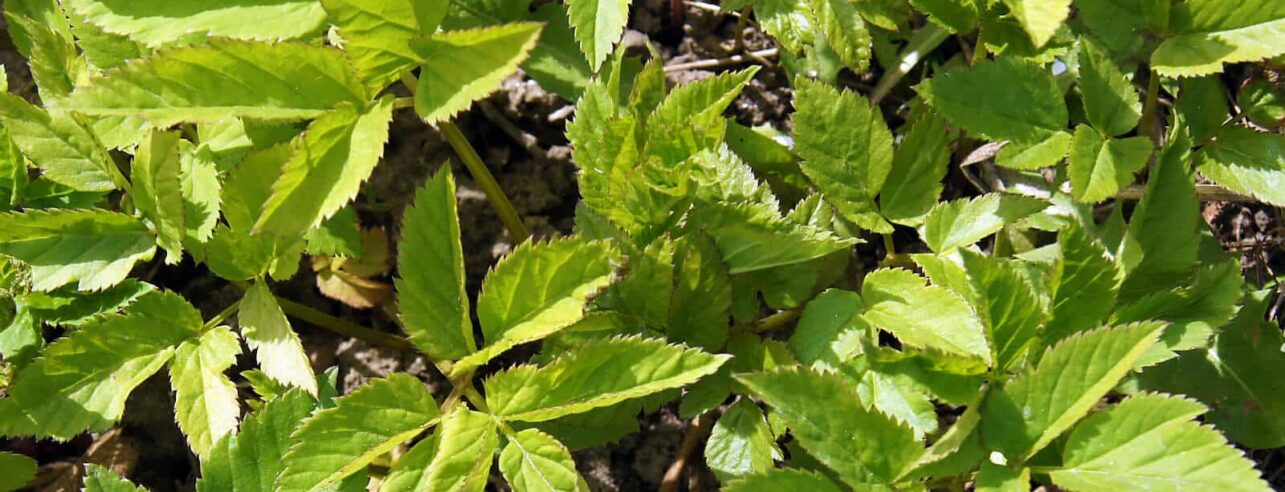
How To Get Rid of Ground Elder Effectively
Ground elder is a persistent weed that grows fast in your garden. Find out how to recognise, control and get rid of ground elder.
Ground elder is a persistent weed that causes headaches for many gardeners. Whether you’re a novice or an experienced gardener, this invasive plant can become a real nuisance in your garden. Fortunately, there are various effective methods to combat and prevent this weed. In this comprehensive guide, you’ll discover what it takes to successfully tackle ground elder problems in your garden.
What is ground elder?
Ground elder, also known as Aegopodium podagraria, goutweed or bishop’s weed, is a vigorous perennial plant belonging to the carrot family. Originally from Europe and Asia, it has spread worldwide and is considered a stubborn weed in many countries.
Identifying the weed
To effectively combat goutweed, it’s crucial to learn how to identify the plant. It has some unique characteristics that distinguish it from other similar plants:
- Leaves
- Tri-lobed, oval leaves with serrated edges.
- The leaves grow from a creeping rootstock.
- Flowers
- It produces small, white flowers in umbrella-shaped clusters.
- The flowers bloom during the summer months.
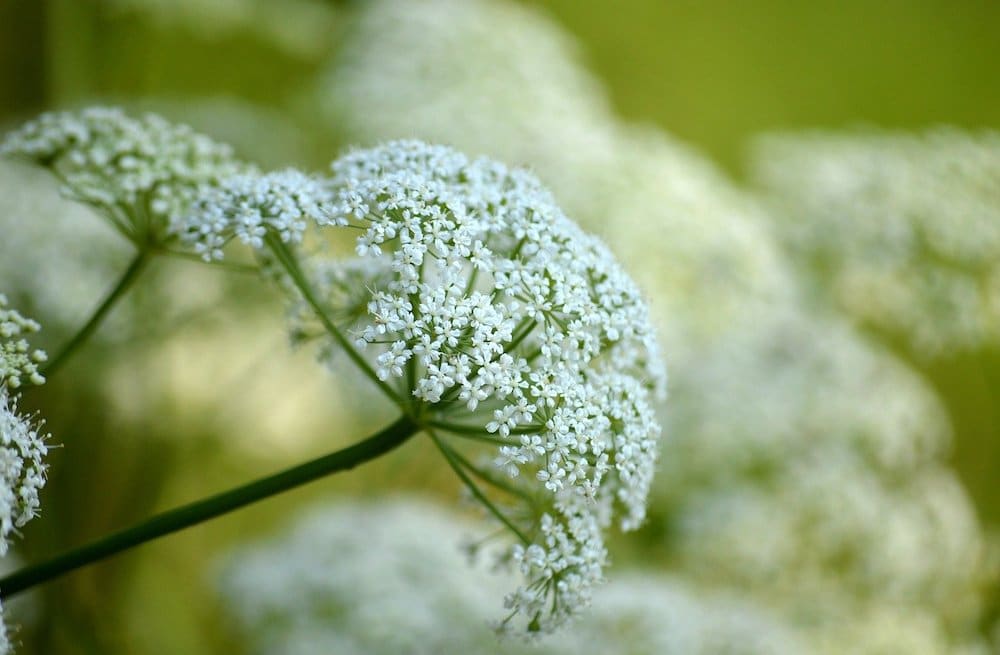
- Growth Habit
- Forms dense, creeping mats over the ground.
- It can quickly take over large areas.
Ground elder can easily be mistaken for plants like ivy, ground ivy, or yellow archangel. Elderberry also bears some resemblance but is unrelated. Study the above characteristics to distinguish it from other weeds or plants.
Why is it a problem in the garden?
Goutweed is a persistent weed that can cause several issues in your garden:
- Rapid spread: The plant quickly spreads via a creeping rootstock, covering large areas and displacing other plants.
- Smothering desired plants: The dense mats of ground elder smother and outcompete other desirable plants in your garden.
- Reduced biodiversity: The dominance of this weed leads to a reduction in garden biodiversity as other plants struggle to grow.
- Difficult to remove: Once established, it is very hard to remove because it quickly regenerates from deep-rooted rootstocks.
- Lawn infestation: Ground elder can completely overrun a lawn, affecting its quality and appearance.
To prevent these problems, it’s essential to act swiftly once you spot it in your garden.
Effective methods to combat ground elder
Hand removal
- Dig out the plant, ensuring you remove the entire rootstock.
- Repeat this process regularly to exhaust the plant.
- Be careful not to leave behind root fragments, as they can regrow.
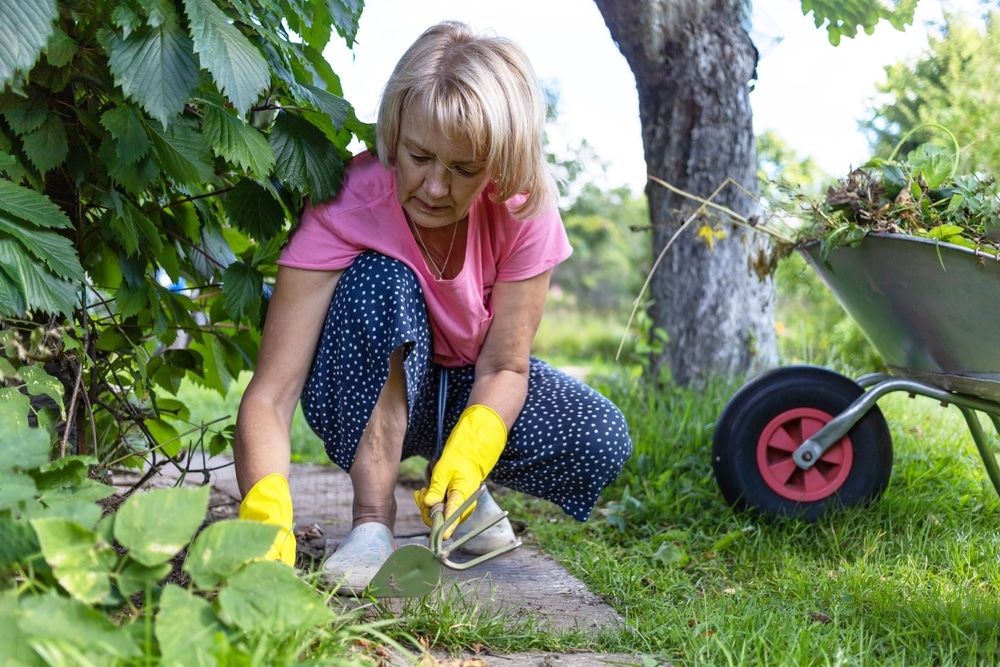
Using mulch
- Cover the ground around the plants with a thick layer of mulch, such as wood chips or bark.
- The mulch suppresses the growth and prevents it from spreading.
- Refresh the mulch layer regularly to maintain its effectiveness.
Vinegar treatment
- Vinegar can be an effective way to combat ground elder. The acetic acid in vinegar acts as a natural herbicide, breaking down the plant’s cell structure, leading to its death.
- Use a solution of 10-20% acetic acid. Higher concentrations are more effective.
- Spray the vinegar solution directly onto the leaves of the ground elder on a sunny day for best absorption.
- Repeat the treatment every 1-2 weeks until the plant is fully eradicated.
- Exercise caution, as vinegar can also damage desirable plants.
Potato method
- The chemicals in potatoes can disrupt the growth of the plant and eventually kill it.
- Use untreated, organic potatoes for best results.
- Bury the potatoes in the ground around ground elder plants, about 30 cm apart.
- Replace the potatoes every 4-6 weeks to maintain effectiveness.
- This method takes time, so be patient and repeat as needed.
Chemical control
- As a last resort, you can use a specific weed killer targeted at ground elder.
- Follow the product instructions carefully and apply the treatment only to affected areas.
- Always adhere to safety guidelines when using chemical herbicides.
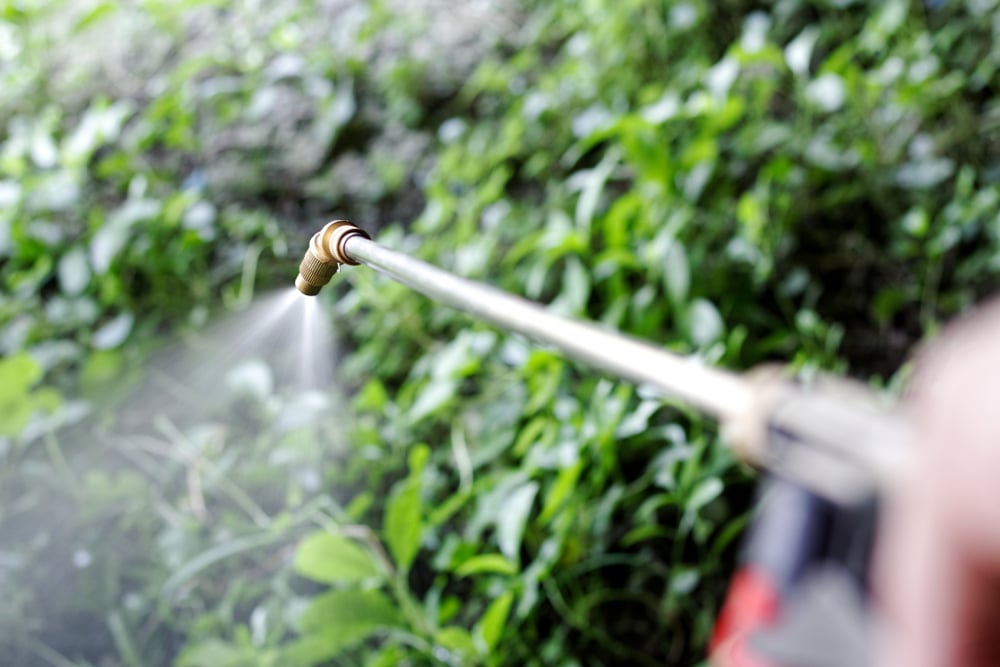
Safe handling
Some people worry about safety, as it resembles other toxic plants. But is it in itself toxic?
Fortunately, goutweed is generally not toxic to humans or animals, though consuming large quantities can cause gastrointestinal issues. However, it is wise to take precautions when handling the plant:
- Wear gloves to avoid skin irritation.
- Avoid direct skin contact, especially if you have sensitive skin.
- Keep children and pets away from areas where it grows.
- Do not consume the plant to avoid digestive problems.
With careful handling, ground elder poses no significant health risk. Stay vigilant and take necessary precautions to protect yourself and your family.
Preventing it in your garden
In addition to combating existing ground elder, it’s important to take measures to prevent future problems. Here are some tips:
- Maintain your garden regularly: Remove ground elder promptly upon discovery to prevent spread.
- Use mulch: Cover soil around plants with a thick layer of mulch to inhibit ground elder growth.
- Choose competitive plants: Plant strong, fast-growing species that can outcompete the weed.
- Improve soil quality: A healthy, nutrient-rich soil helps desired plants thrive and keeps ground elder at bay.
- Minimise soil disturbance: Reduce digging in areas where ground elder is present to avoid spreading it.
By taking preventive measures, you can largely avoid future issues and keep your garden healthy and free of unwanted plants.
Don’t give it a chance
Ground elder can be a real nuisance for any gardening enthusiast, but with the right approach and perseverance, you can effectively combat this persistent plant. Get to work and enjoy a healthy garden free from the burden of goutweed.
If you’re dealing with other weeds, discover the most common types and how to remove weeds naturally.
Have any questions or suggestions? Share them with us below!
Happy gardening!
-
Zero-Waste Gardening – This is How You Do It!Did you know that the average person wastes between 100 and 150 kilos of food every year? That's why the concept of zero-waste gardening is becoming increasingly important for environmentally conscious gardeners that like to do their gardening greener.Read more
-
How to Master Tree Pollarding: A Practical GuidePretty dense! What might be an insult to some, is certainly a compliment to trees. Through pollarding, you can make sure, your trees have a dense crown of beautiful leaves.Read more
-
Get Ready: Here are 5 Garden Trends for 2025Curious about the latest garden trends for 2025? From smart solutions to sustainable choices, discover all the outdoor trends that are transforming British gardens!Read more
-
How to Care for Plants in Winter: A Simple GuideWhen winter comes around, the care requirements of your plants change. Find out, how to adjust the care routine for your plants.Read more
-
Companion Planting Made Easy: A Step-by-Step TutorialStrategic plant partnerships can solve common gardening problems like pest invasion and disappointing yields. Find out which plants are great together in our companion planting guide.Read more
-
How to Grow Sweet Potatoes in Your GardenWant to know something splendid? A single sweet potato plant can produce 5 to 10 pounds (4.54 kg) of nutritious tubers—plenty to keep your family’s pantry well-stocked for weeks!Read more
-
Revive Your Lawn After Winter With These Easy StepsTired of winter lawn damage? Discover how to repair brown spots, remove weeds, and revitalise your grass for a thriving garden this spring.Read more
-
A Complete Guide On Lighting for Your House PlantsAchieve perfect lighting for houseplants! This guide covers light mapping, plant placement, and grow light tips to help your plants flourish indoors.Read more
Leave a comment
Your answer will be displayed on the site and the interested party will be notified by email.
Leave a comment
Have a question or want to share your experience? Leave us a comment.

- Order by 2PM = shipped today
- 250.000+ satisfied customers!
- 60 day satisfaction guarantee

- Order by 2PM = shipped today
- 250.000+ satisfied customers!
- 60 day satisfaction guarantee

🌱 All important maintenance moments for your lawn during the year. Leave your email and we will send you the lawn calendar for free.
Enter your email
Receive the lawn calendar in the mail
Enjoy a green lawn all year round!






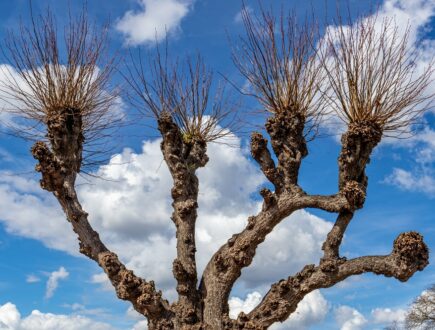
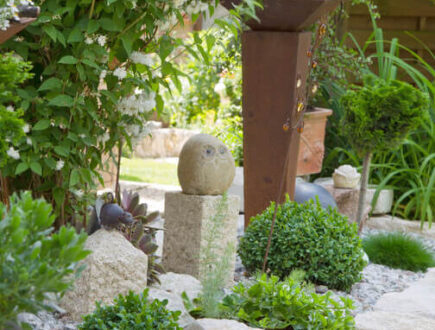
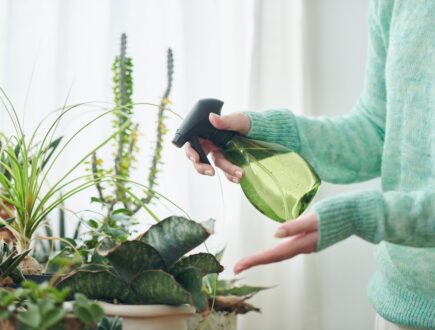


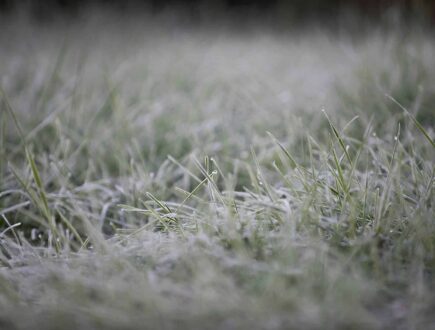
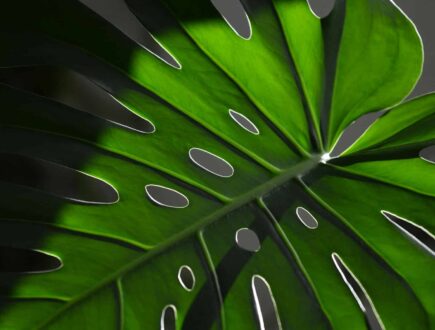









Comments (0)
There are no comments yet. Well then, what are you waiting for to
Be the first to write your comment!inaugurate this pretty page?
Do you have some comments?